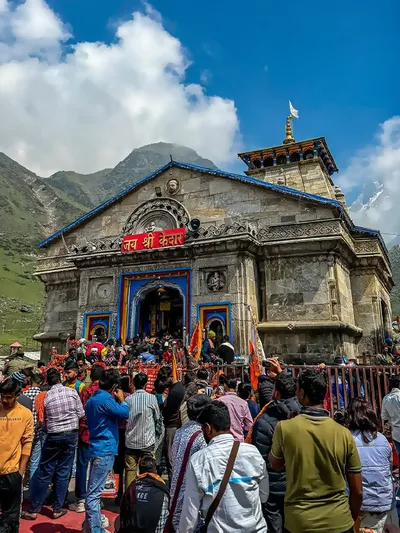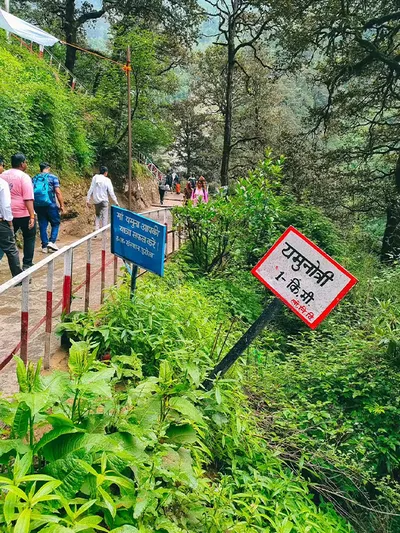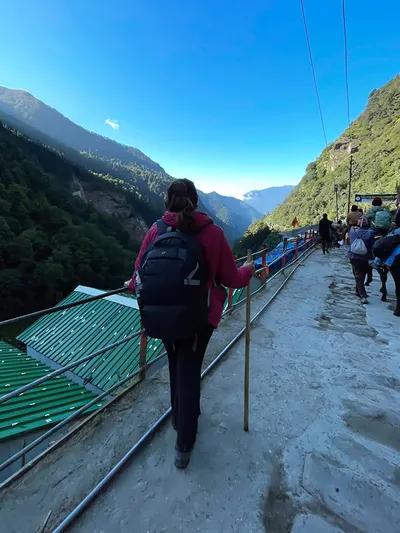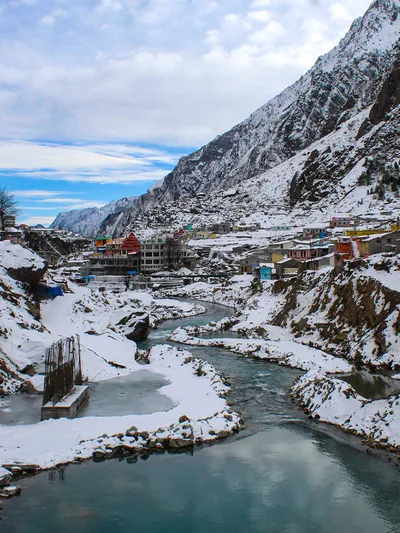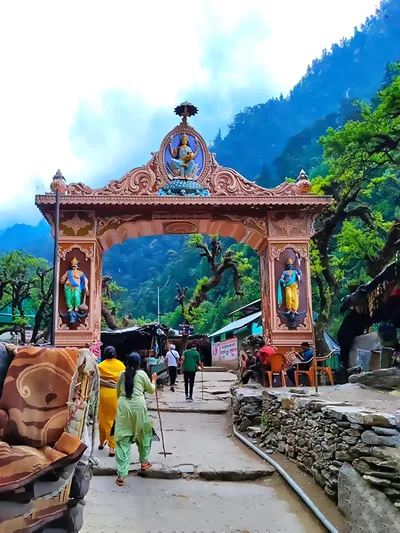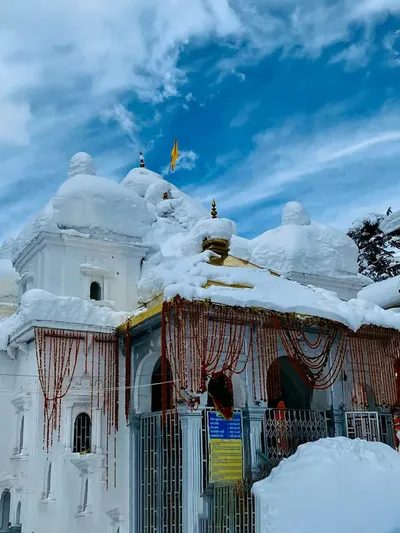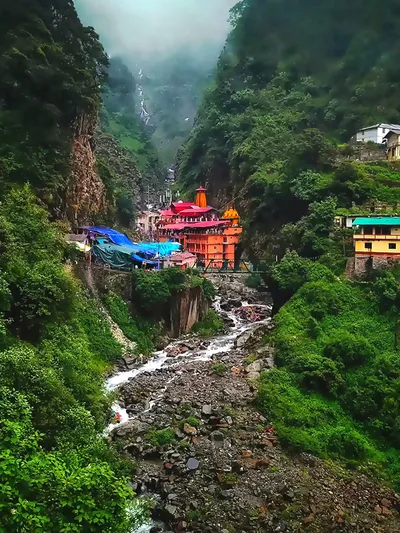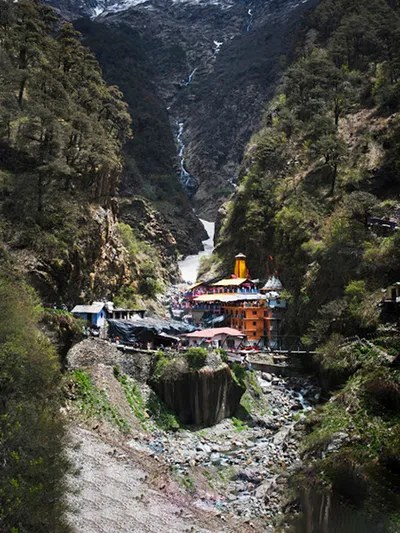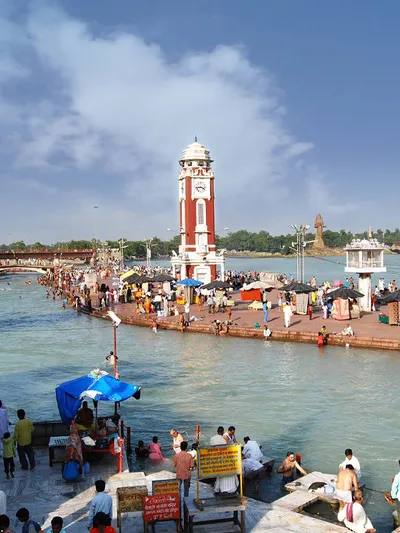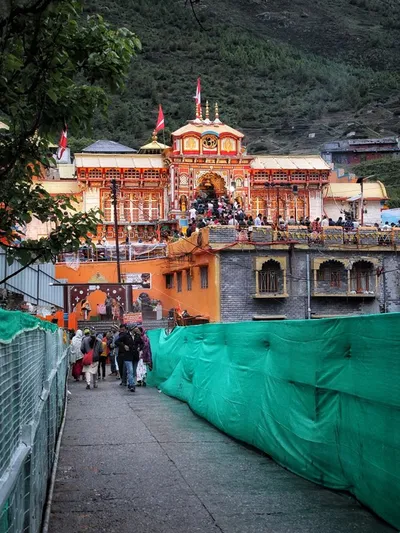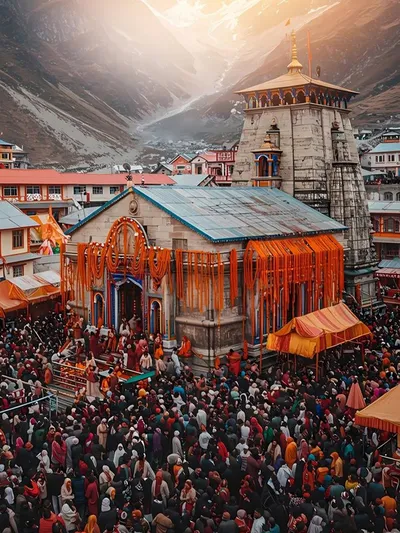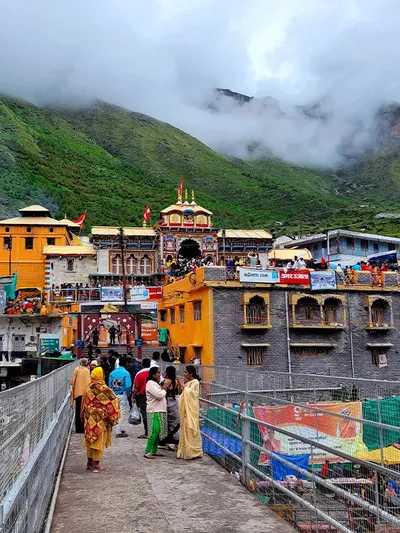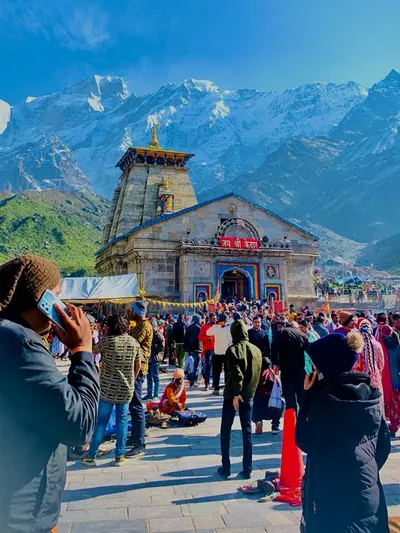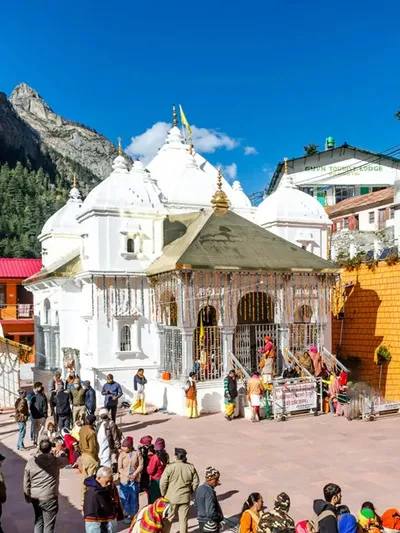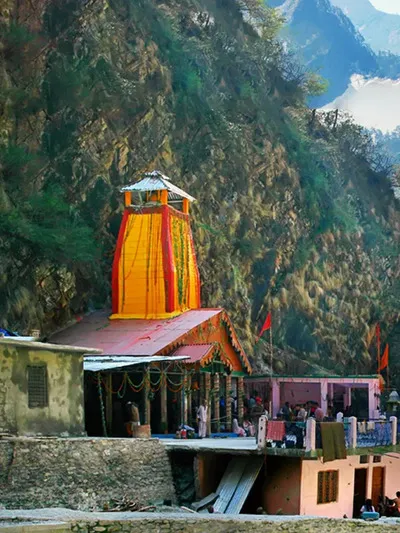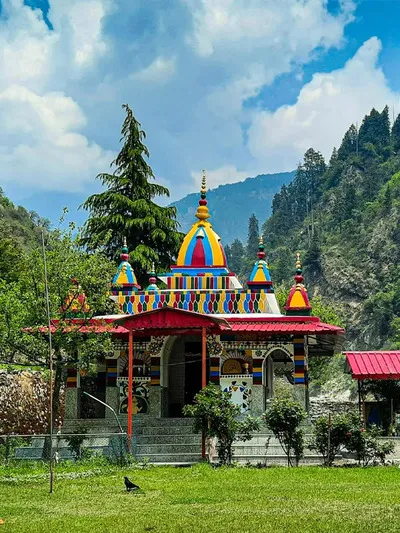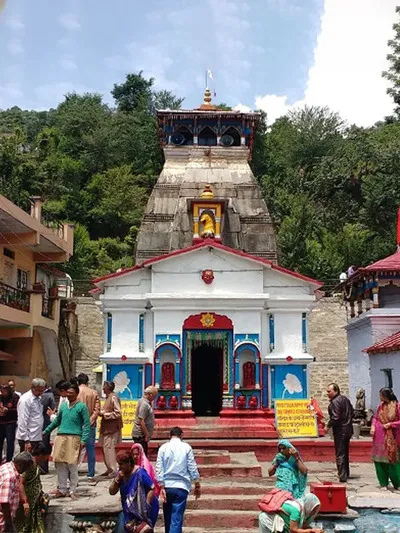Top Reasons to Go For Chardham Yatra

The call of the divine is an irresistible call which pulls men from far and wide to the Daivya Bhoomi of Uttarakhand. Withstanding all hardships of the perilous path, thousands of pilgrims trek to the holy Chardhams every year. Read on to learn what all pulls them to that sacred pilgrimage destination.
What is Chardham?
‘Char’ means four and ‘Dham’ means abode of God. ‘Chardham’ therefore means the ‘Four Holy Abodes of God’. These holy destinations are Yamunotri and Gangotri in Uttarkashi district, Kedarnath in Rudraprayag district and Badrinath in Chamoli district of Uttaranchal. The pilgrimage starts from Yamunotri, then to Gangotri, Kedarnath, and finally Badrinath, signifying a journey toward salvation. Adi Shankaracharya is believed to have attained salvation at Badrinath.
Significance of Chardham Yatra
Every devout Hindu considers it a religious duty to undertake the Chardham Yatra. It is believed to cleanse sins of past and present lives, and bring spiritual elevation not just for oneself but also for one's ancestors.
Interesting Facts About Chardham
- Yamunotri: Associated with Yamuna, daughter of the Sun God. Myth says a dip in Yamuna on Bhai Dooj prevents one from going to Yamalok.
- Gangotri: Ganga descended from heaven after Bhagiratha's penance, cushioned by Lord Shiva’s locks before flowing to Earth.
- Kedarnath: Built by Adi Shankaracharya around 800 AD; associated with King Kedar and Pandavas. The temple withstood natural disasters over centuries.
- Badrinath: Known for its Bhairavi Yantra. Even after the temple closes in winter, a ghee lamp continues to burn miraculously.
Best Time to Visit Chardham
The Yatra runs from May to October. Avoid July–September due to monsoons. Temples open on specific festivals like Akshaya Tritiya and Basant Panchami, and close on Diwali, Vijaya Dashami, and Kartik Poornima. In winter, shrines remain snow-covered and inaccessible.
Historical Reason
Adi Shankaracharya, the great Hindu philosopher, revived the Chardham Yatra and established these spiritual circuits. Visiting Chardham connects pilgrims to India’s philosophical and spiritual heritage, reflecting a golden era of knowledge and culture.
Spiritual Reasons
Pilgrims feel deep inner peace and spiritual connection at Chardham. It is believed only those spiritually called can undertake this divine journey. It’s seen as a way to attain enlightenment and break free from the cycle of rebirths.
Scientific Reasons
The physical trek tests stamina, discipline, and willpower. The mountain air rejuvenates the body, while the serene surroundings foster unity with nature. The strict routine promotes healthy habits and a minimalist lifestyle.
Medical Reasons
Mountain trekking strengthens muscles, bones, and the heart. Clean vegetarian food detoxifies the body, and hot springs have healing minerals. The peaceful environment reduces stress and enhances mental well-being.
Connecting with the Real India
Chardham Yatra brings together people of all social strata, fostering collective spiritual growth. Pilgrims bond over shared experiences, forming connections that transcend class and background.
Rediscovery of Self
Apart from discovering sacred India, pilgrims rediscover themselves. The journey challenges ego and brings forth personal growth. The trek encourages emotional, spiritual, and physical transformation.
For Adventurers and Nature Lovers
Chardham offers breathtaking Himalayan beauty and thrilling terrain for trekkers and adventurers. Activities like trekking, rock-climbing, and water sports are available in nearby regions for those seeking thrill alongside devotion.
Conclusion
Every Hindu should undertake the Chardham Yatra to break free from routine and rejuvenate spiritually. It symbolizes life's journey—through trials toward the divine. It’s more than a pilgrimage—it’s a personal transformation.
